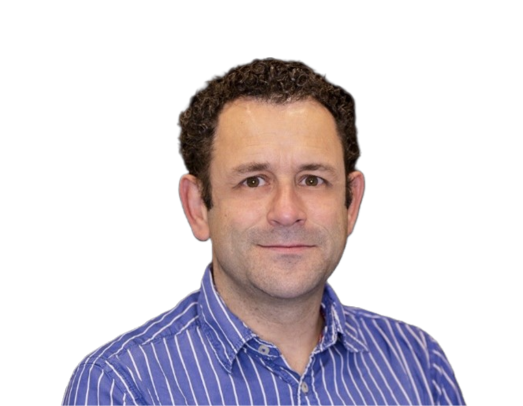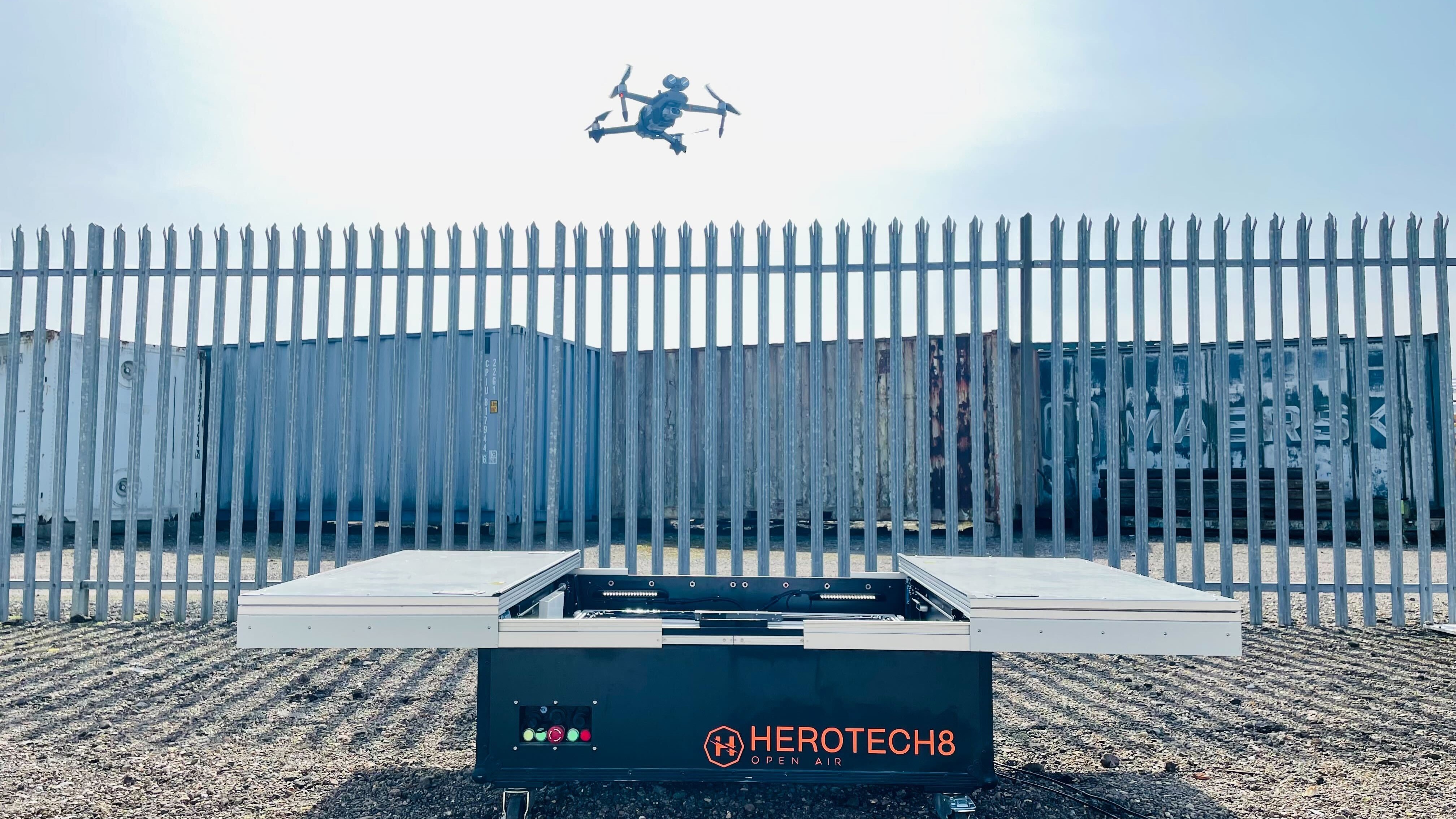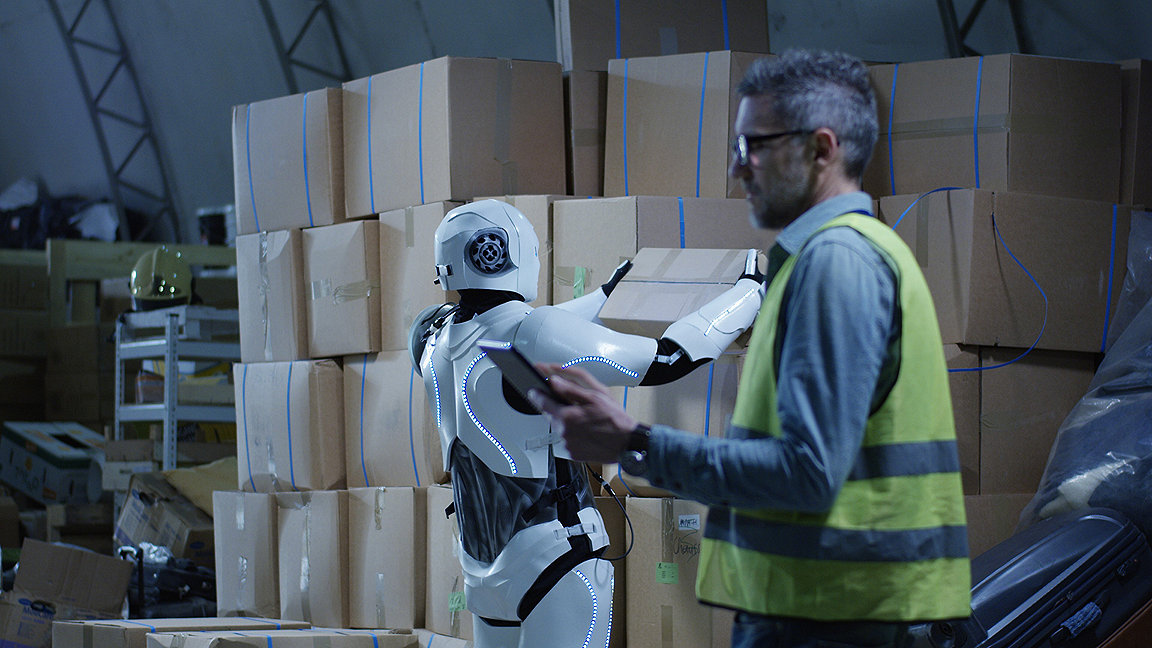
Artificial intelligence (AI) has the capability to work smarter than the human alternative, and at levels of efficiency that are far beyond our present capabilities.
It is proving to be a match for some of the world's finest medics in the diagnosis of cancer, while new bot technology – developed by Microsoft and Google to simulate human conversation or discussion – is so sophisticated in formulating essay answers that it is of increasing concern in academia.
With it seeming increasingly inevitable that AI will replace many human operations, is it only a matter of time before fully automated planned preventative maintenance (PPM) surveys relieve our profession of its duties?
Automation of routine work is not universal
Undertaking a PPM survey is all about routine; indeed, RICS' Planned preventative maintenance of commercial and residential property focuses on a series of recommended procedures. These involve systematic inspection of a checklist of building components in a repetitive manner to complete an assessment of condition and defect.
Such a mechanical approach is surely perfect for automation. Indeed, from surveys to reporting findings, AI and bots could pose a significant risk to building surveying as a discipline, given that the prospect of highly accurate advice provided at a fraction of the cost would be highly attractive to property investors and building owners.
Nevertheless, the road to automation in surveying has been steady at best. Dictaphones initially replaced pen and paper for some, and digital cameras superseded the Kodak. More recently, tablets and the cloud have removed the need for surveyors to convert site notes into reports thanks to their instantaneous collation of data.
Yet, although there has been a transition from telescopic ladders to cherry-pickers, site access still poses one of the biggest challenges to the accurate reporting of PPM. Drone technology appears to have offered a solution, but there remains some disquiet among surveyors about this.
Among responses to a recent survey of the profession's use of the technology, for instance, was: 'Information obtained from drone surveys does not always assist PPM surveys. You normally end up with hundreds of photos and only use a few. Cost also prevents its use for most clients. Cherry-pickers yield better results. However, drones are useful when you can't get a cherry-picker into a certain area.'
Access and reflection key to inspection
This pragmatic attitude to drone technology begins to suggest why AI may not actually dominate the preparation of PPM advice.
There are several facets to a PPM survey, which include the historical review of documents, comprehensively inspecting the site to collect data, and applying human intelligence to contextualise the results and provide evidence-based advice.
For a moment let's assume that AI can review historical documents; to be honest, this would be welcome, assuming that it could analyse the nuances of the written word correctly. The key challenge to automating PPM surveys is with the site inspection.
Given the need for PPM to access a property both externally and internally, replacing a human with a robot will probably require two separate, respective technologies. A drone can be programmed to take off, fly and scan the complete external building envelope, but internally it cannot open doors, enter shafts or concealed voids such as lofts without human assistance.
Robots may in future be developed to carry out these tasks as well as other complicated actions such as unbolting access hatches, pulling back carpets and moving furniture. All of these are pretty straightforward for the human alternative.
This exemplifies the human advantage over AI: while drones can whizz around a site scanning and collecting visual data, they will never pause to take stock of an observation.
Building surveying is a three-dimensional activity that uses not only sight but also touch, hearing and smell. If there were no health risks, surveyors would probably use taste in their analysis of defects as well. A drone survey might identify corrosion of nail heads to fascia boards, but only by touching, pulling and twisting these can PPM establish the degree of fixity and associated risks.
Performing a basic hammer test on a cracked section of render in the course of a PPM survey will establish whether it is hollow, but looking deeper into the cause and effect of the defect may be beyond the capabilities of AI at least at present.
If the external analysis of cracked and hollow render has identified potential moisture penetration of a solid wall, it is the visit of the surveyor to the corresponding internal location with a moisture meter that will establish the presence and significance of this.
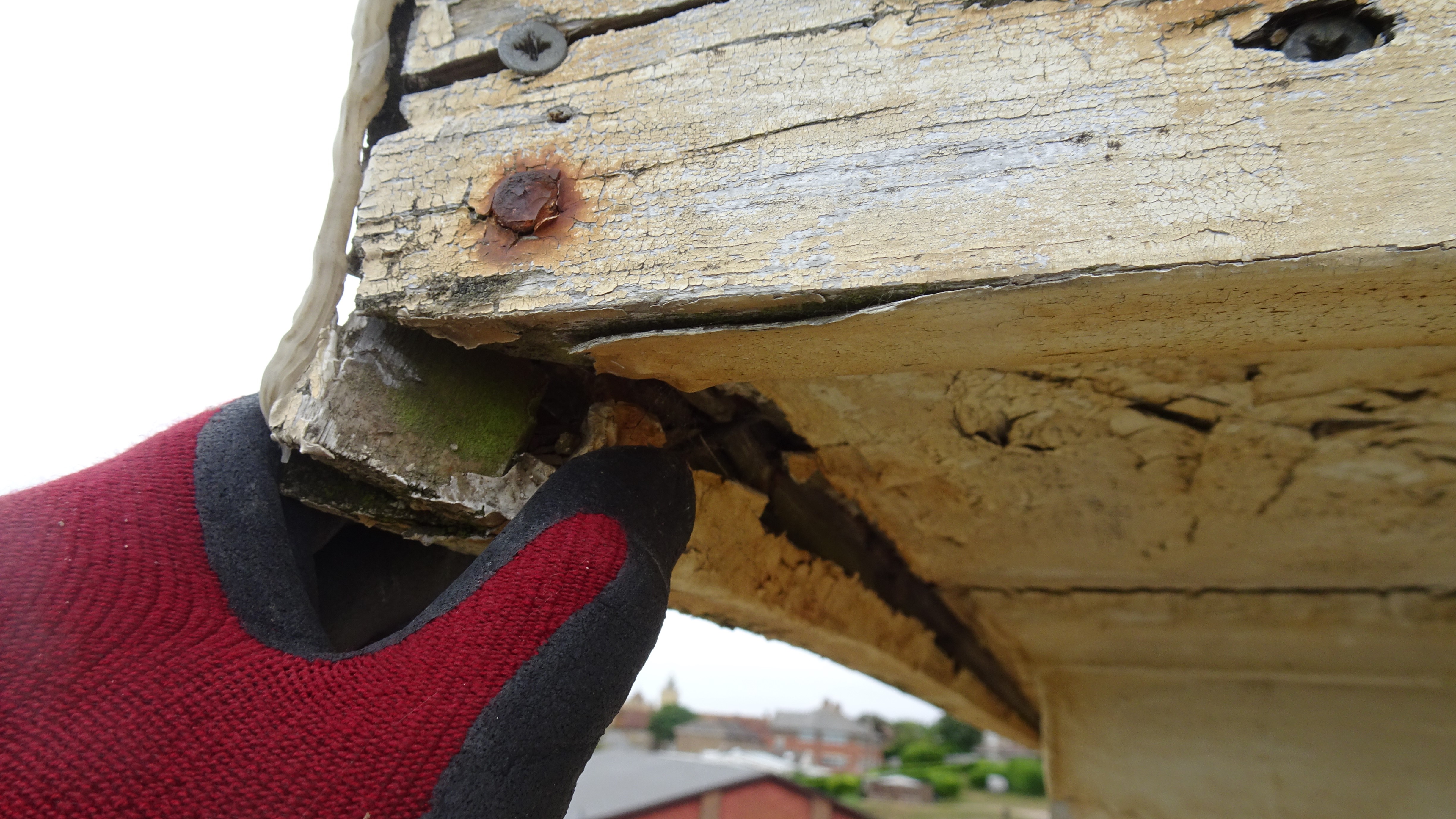
Two challenges for AI to perform: tactile observation in PPM (above left) and testing the moisture content in timber (above right) © Adrian Tagg
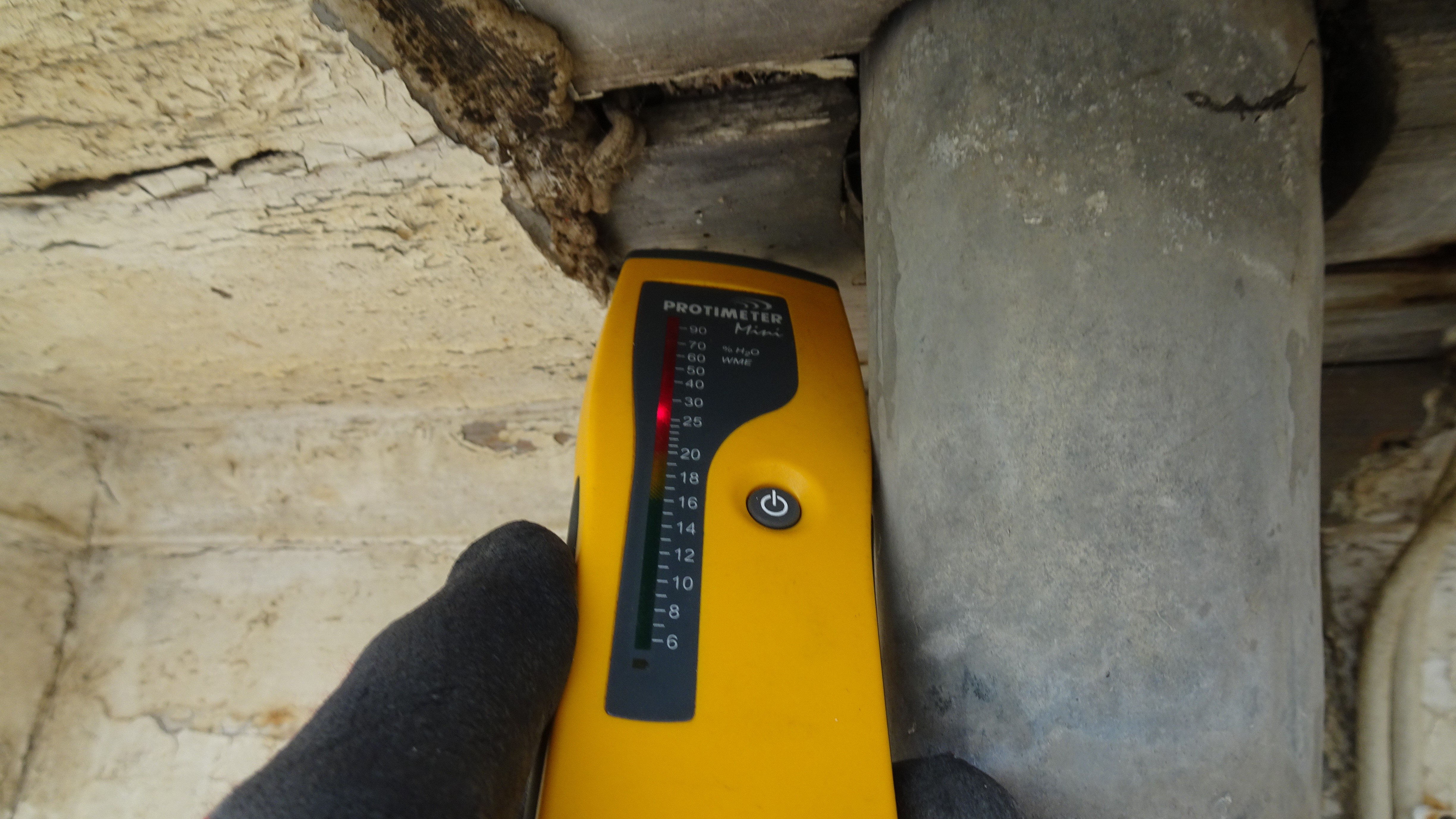
Multitasking surveyor
It is the intelligence and ability of a surveyor to multitask when processing a combination of relatively simple data that gives a human advantage over automated technology.
Surveyors are educated and trained in a forensic manner: they are able to spot the presence of historic construction elements even when these are partially concealed. They are also able to piece together documented data and site observations to confirm whether or not the building was constructed as designed.
This level of enquiry allows surveyors to prepare PPM advice looking ten years into the future. They can assess the age of a building or building component, analyse its current condition and the reason for any defects when making a recommendation.
They will also take into account locality and contributing factors such as urban air pollution, coastal climates or areas of exposure and weather events that may reduce components' working life.
Question of responsibility critical to AI use
Aside from its speed and efficiency, AI is perceived to be more accurate and capable of eliminating human error. Yet no surveyor accepts an instruction for a PPM survey with the intention of being negligent.
Rules and regulations are imposed by RICS and insurers with a view to mitigating claims and providing appropriate levels of cover. So, in a professional environment where blame and claim are prevalent, who is ultimately responsible when it comes to AI?
To consider this in practice, let's take an example from another sector. With cars in self-driving mode – a technology that also depends on AI – there were nearly 400 accidents and six deaths in the US in one year. This number is almost negligible in the context of the overall fatalities from vehicle accidents in the country; indeed, the National Highways Traffic Safety Administration (NHTSA), which records this data, maintains that driverless cars improve safety.
Therefore, can six deaths and a number of serious injuries be considered just collateral damage given the advantages of AI?
In the context of undertaking a PPM survey, the number of variables is vast. The assessment of all aspects of a building with so many nuances in terms of construction materials and the way defects develop is much more complex still than driving a car.
Any fatality attributable to negligence or poor surveying practice is considered unacceptable – whatever the NHTSA argues about driverless cars.
The providers of professional indemnity insurance for surveyors would probably not accept mistakes made from using AI, or at least seek to mitigate their exposure to losses as a consequence. Irrespective of the technical challenges in implementing AI for PPM, the legal consequences of potential failures may be the most difficult obstacle to overcome.
'The legal consequences of potential failures may be the most difficult obstacle to overcome'
Human factor will prove hard to supplant
The surveying process in principle is simple: it involves visiting a building, recording data, developing an evidence-based opinion and offering advice. While this would seem to lend itself to the adoption of AI, the physical and mental attributes of surveyors appear difficult to replicate.
While surveyors should embrace technology to help them with PPM, it should remain a symbiotic relationship, in which the professional and the technology complement each other. So although there are those who say the robots are coming, the full automation of PPM surveys still seems a long way in the future.
Adrian Tagg MRICS is an associate professor in building surveying at the University of Reading, founder of Tech DD and the author of RICS' Planned preventative maintenance of commercial and residential property, first edition
Contact Adrian: Email
Related competencies include: Building pathology, Inspection
